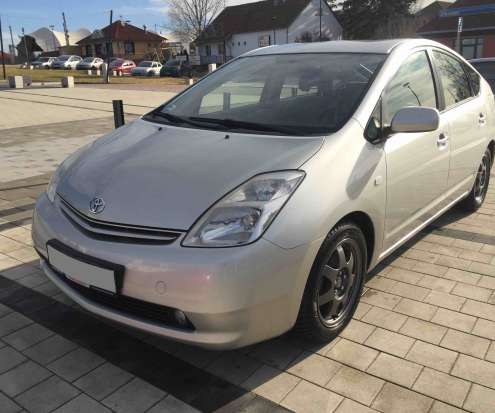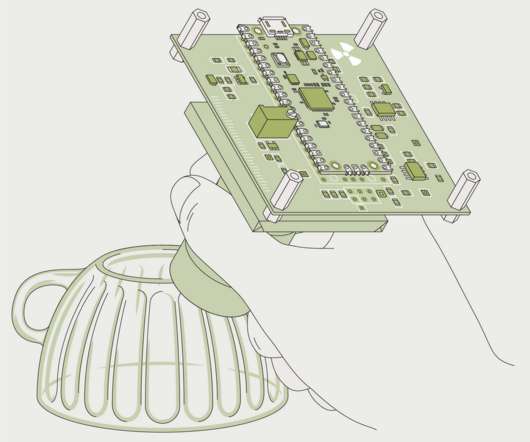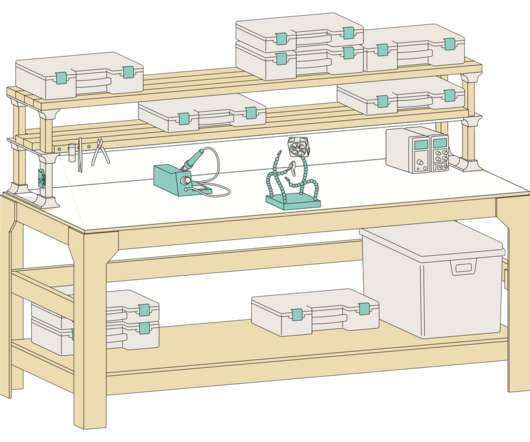Tech: How to Troubleshoot Electrical Issues
Clean Fleet Report
MARCH 14, 2023
For instance, check if the lights are dimmer than usual, if there are unusual clicking noises or a burnt plastic smell, if your starter motor is turning, or if the engine does not start at all. Although you can have an approximate gauge of the issue yourself, it does not necessarily mean you can take the DIY route.






















Let's personalize your content